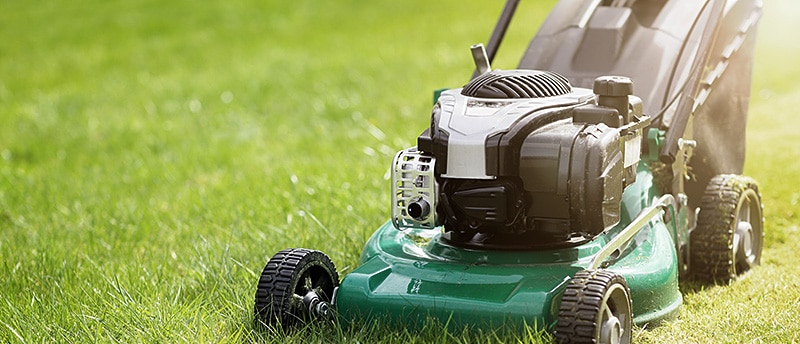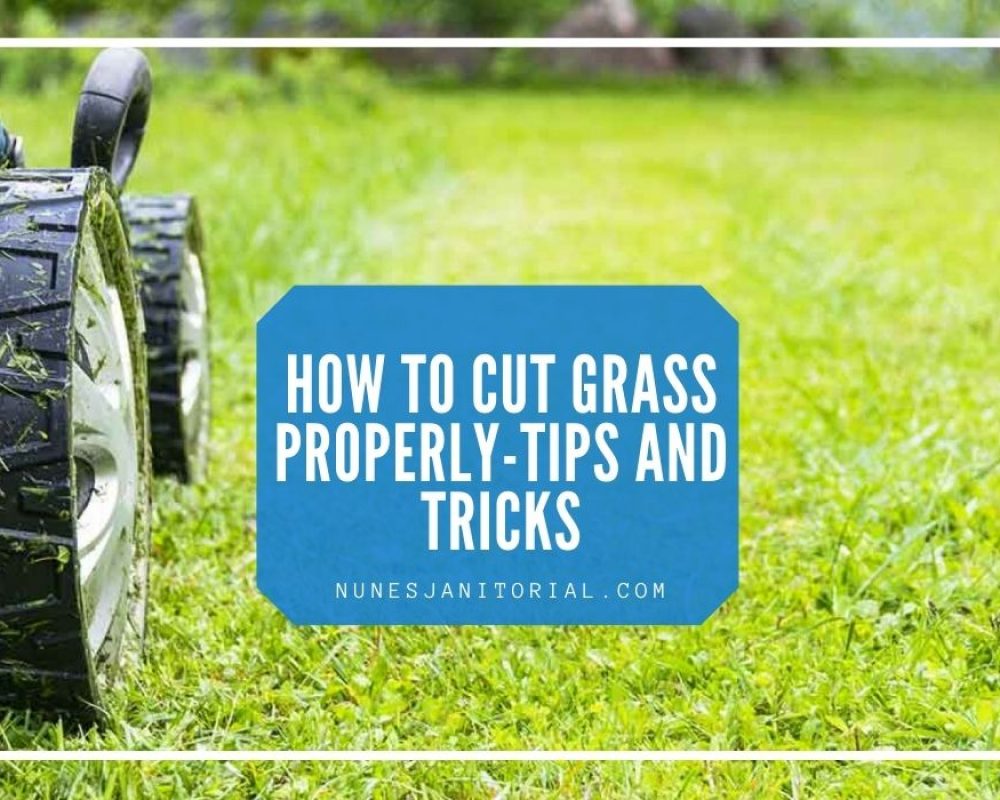How to Cut Grass Properly – Tips and Tricks
You would say that mowing is pretty self-explanatory, right? However, every time you cut the grass, you are determining the fate of your lawn. Love or hate it, unfortunately, mowing the lawn is one of the essential jobs in the garden during spring and summer.
In fact, it’s one of the key features to make your lawn look healthy because each cut encourages grass to grow thicker. Additionally, it disables the weed to grow, making the grass more hard-wearing.
If you have a big yard, cutting the grass can be time-consuming, especially if you aren’t doing it right. That’s why we decided to share with you the ultimate tips and tricks on how to cut grass properly.
Let’s get started!
Service your mower regularly
To ensure a clean and quality cut, you need to service your mover at the start of every season. It’s basically the fastest way to cut grass. If you are dealing with blunt or chipped blades, they will bruise the grass and can cause straw-colored dieback at the tips.
While it’s pretty easy to clean this piece of equipment, you will need professional help to service your mower.
Keep the mower blade sharp
To accomplish the best results, make sure to sharpen the mower blade. With the help of a sharp blade, you will cut the grass evenly without creating an uneven, jagged edges. You will notice a lawn cut with an even and dull blade tends to develop a brownish or yellowing shade.
Make sure to sharpen the blade a couple of times during the season. Also, avoid moving over stones or thick branches because they will get caught into the mower and damage the blade faster.

Adjust the mower height
It’s essential to focus on mower height throughout the growing season. For instance, you can lift the cutting deck higher during the summer, to allow grass to grow higher. Did you know that tall grass protects the soil from sun damage and prevents weeds from growing?
Moreover, taller grass has a better-developed root, which can withstand higher temperatures and drought season.
Don’t scalp the grass
If you aren’t familiar with this term, it means don’t cut the grass too short. If your lawn is scalped, then it will be prone to infestation and disease. Over time, the grass will become sparse and weak, exposing the soil. Additionally, if you keep cutting grass too short, it won’t develop sturdy roots, which means it will be prone to damage.
Shady lawns
It’s important to make a difference between shady and well-lit lawns. Lawns that grow in shaded areas will benefit from higher grass. Therefore, don’t lower your deck when moving these types of lawns. In fact, longer grass blades are excellent for conducting photosynthesis because they have a bigger surface.
Avoid cutting damp grass
The best way to cut grass would be when it’s completely dry. While mowing a wet lawn doesn’t harm the grass, it might damage your mower.
Also, avoid mowing in soggy soil, or you risk tearing up the grass. However, sometimes you might need to cut the grass when it’s damp; in that case, spray the bottom of the mower with an oil to prevent the grass from sticking to the underside.
Mow when it’s not too hot
Plants are pretty sensitive to changes, and when you trim the plant, it can suffer a great deal of stress. That’s why grass cutting should be done during the cooler part of the day. Another option is to wait until there is shade on one side of the law. When you cut grass in the shade, it loses less water and recovers quicker.
Grasscycling
Grasscycling refers to an action where you leave grass clippings on a lawn after cutting. It doesn’t only save you time cleaning your yard, but you don’t have to purchase yard waste bags. The great thing about grasscycling is that grass clippings provide up to 25% of your lawn’s fertilizer needs.
Switch directions
Mowing a lawn can become a type of routine. However, if you want to accomplish a professional finish, you need to switch directions every time you take your mower out of the shed. By mowing in the same direction, the grass blades tend to grow at a set angle.

